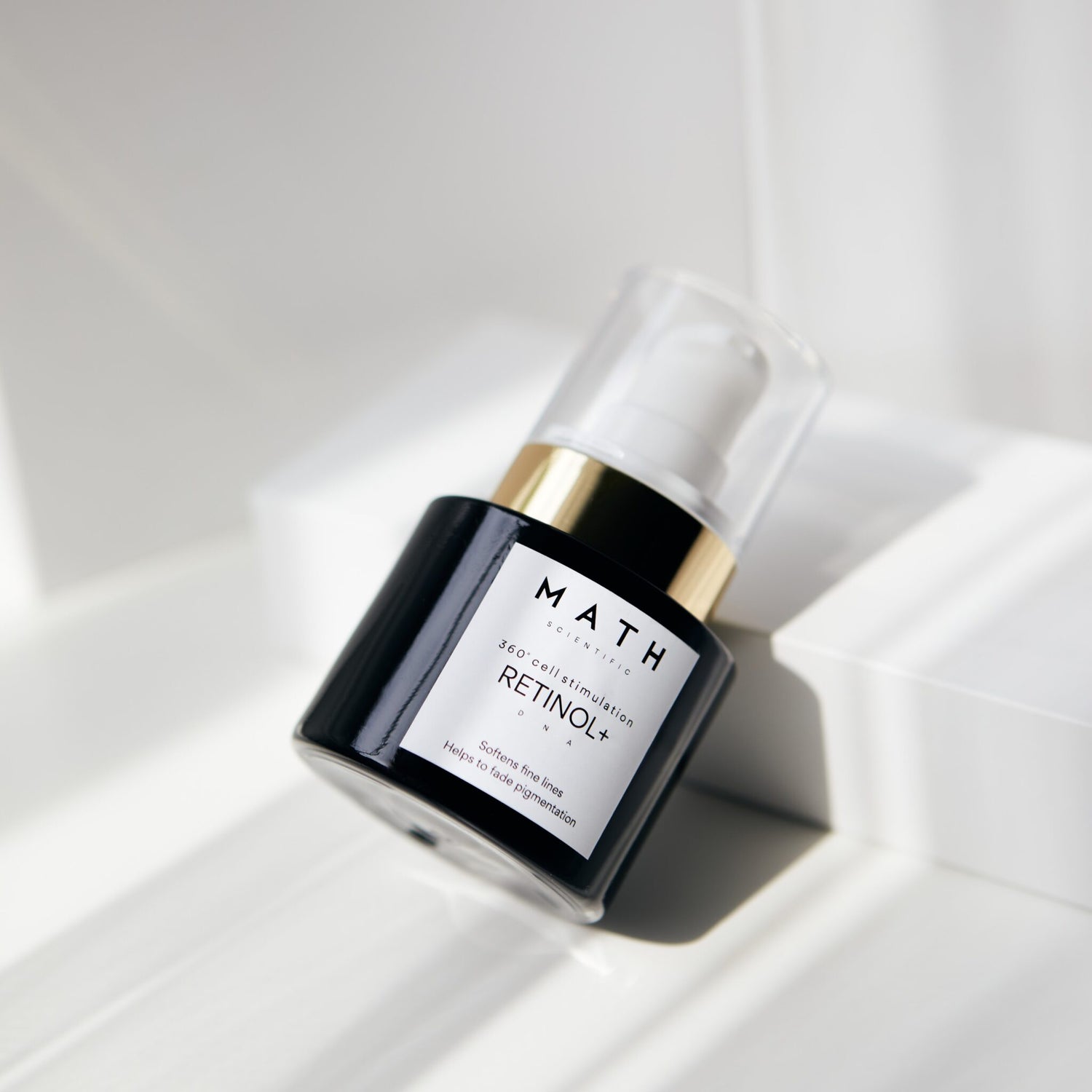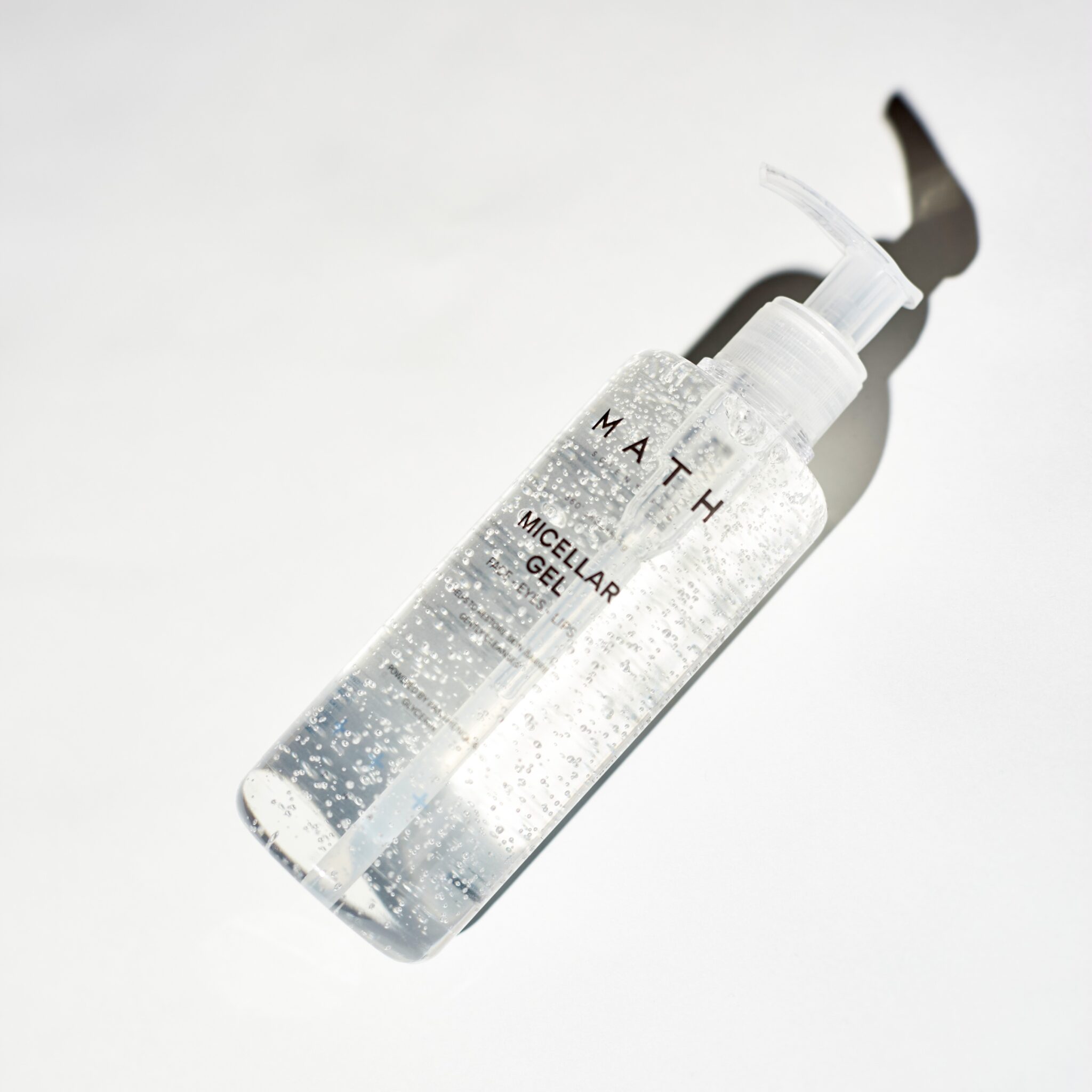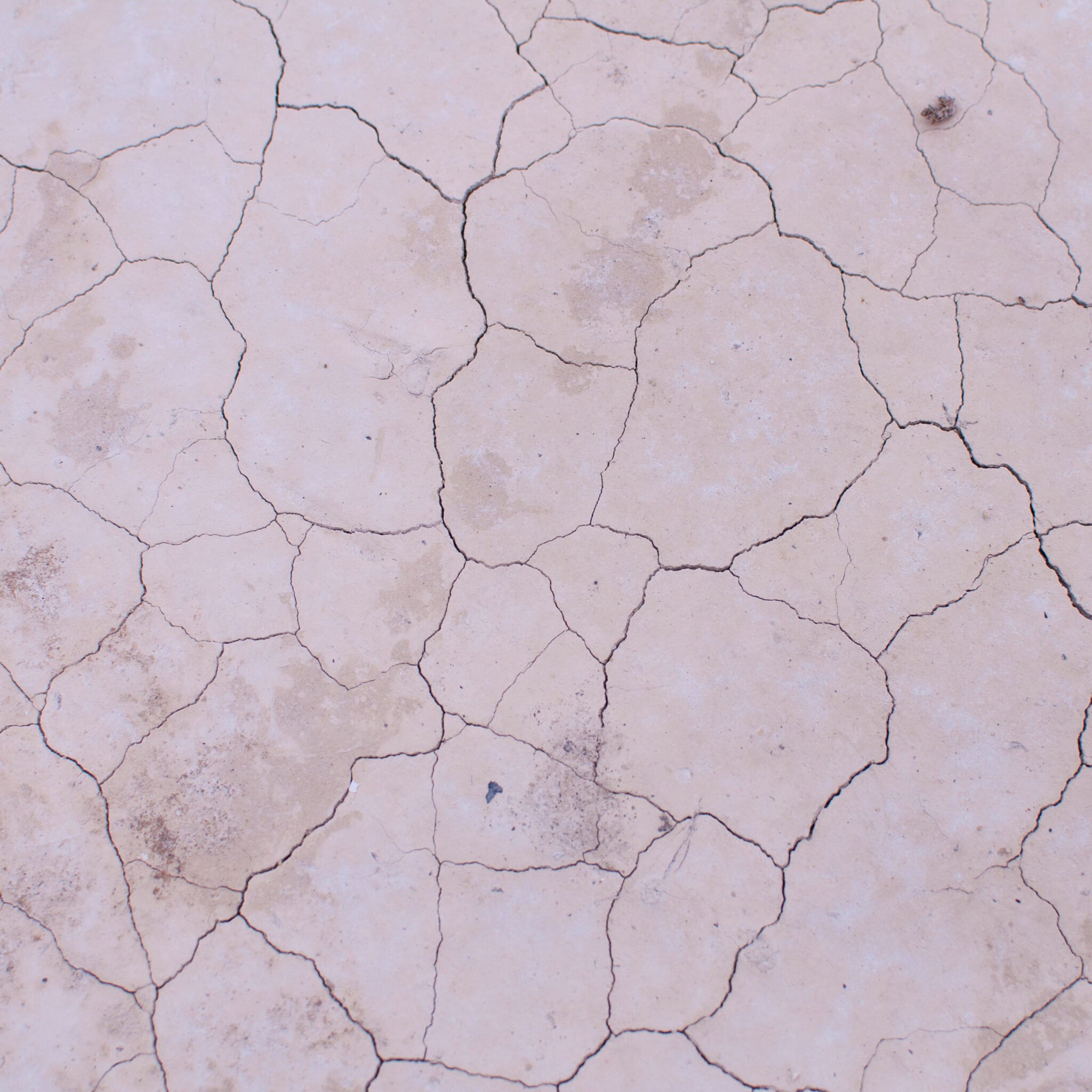The beauty industry is always buzzing with new products that promise to help you overcome signs of skin aging and the challenges of problematic skin. Yet, while skincare trends come and go, the scientific community‘s favorite in this domain is clear – Retinoids and, in particular, retinol. A ton of scientific research comes to the same conclusion – retinol promotes cell turnover, stimulates collagen synthesis, reduces wrinkles, fights hyperpigmentation, and gives your skin that youthful plumpness and glow.
What is retinol and how to use it?
Retinol is a form of vitamin A. It is a very effective ingredient that is able to „communicate“ with the cells – attach to them and boost their optimal function so that they could remain healthy as long as possible. Even though such description sounds almost too good to be true, retinol‘s effect can also be explained by it being an antioxidant that is able to fight the negative effects of free that can cause oxidative stress and damage the DNA of the cells, causing them to stop working properly.
After using retinol topically, it is converted into retinoic acid that is the very substance that can have all the positive effects on the skin cells. Yet, it is important to note that since retinol is one of the most effective cosmetic ingredients, it also often causes negative skin reactions, such as irritation and redness. The reactions become less severe and disappear as the skin gets used to the product in time. Yet, it is paramount to choose the right concentration of retinol – large amounts of the ingredient can seriously irritate and damage the skin, compromise its protective barrier, cause allergic reactions, etc. Also, since retinol makes skin more sensitive to UV rays, it is recommended to use it in the evenings and choose a good sunscreen (SPF50+) for the daytime.
Why does retinol cause irritation and peeling and how long do these effects last?
Since retinoids activate skin turnover, the outermost layer of the skin sheds faster than it usually does. Because of this reason, the skin becomes dry and starts to peel. This process is called “retinization”. At the start of your retinol journey, peeling is a normal skin reaction and usually indicates that the product is working. This unwanted reaction usually lasts 5-10 days, depending on your skin type and retinol concentration in the product that you’ve chosen.
Retinol’s role in fighting signs of aging
The main reason why retinol is an effective anti-aging ingredient is its ability to promote collagen and elastin synthesis. Since the production of these essential ingredients slows down in time, in order to keep the skin healthy and youthful, it must be boosted regularly.
Also, retinol stimulates the production of new blood vessels, therefore the color of the skin becomes more vibrant, the skin stops looking dull and tired. An addition result of these “abilities” is reduced hyperpigmentation (dark spots that are caused by prolonged UV ray damage, hormonal changes, etc.). It is important to remember that while the first signs that retinol is working might be noticed in only a couple of weeks, deeper wrinkles might take 6-12 months to improve so in this case consistency and patience is the key.
Retinol and acne
Acne occurs when the pores become clogged with excess sebum and dead skin cells, and this triggers inflammatory processes. While for some acne is just a little inconvenience, many people who fight blemishes on daily basis have severe confidence issues, avoid going out, meeting friends, or showing their faces without makeup.
Retinol is one of the best products for battling acne. It can penetrate into the deepest levels of the skin and work on the cellular level. It fights inflammation, balances sebum production, and allows new and healthy cells to replace the damaged ones quicker. It also helps to fade scars that are left after the pimples are gone.
Even though severe cases of acne might benefit from prescription retinoids, the retinol that is used in regular skincare products can be very useful as well. It is important to start slow and keep going since lasting results require some time and patience.
How to prepare your skin for retinol?
Skin preparation for retinol does not differ from its preparation for other products. The product should be applied to clean and exfoliated skin. Effective yet gentle exfoliation can be achieved with cleansers that contain AHAs and/or BHAs. Exfoliation is also extremely important because it makes skin more receptive to active ingredients.
After applying a retinol product, you can use a hydrating or nourishing moisturizer or an oil. Yet, if you want a maximum effect, wait 10-20 minutes for retinol to penetrate and do its unique and skin-transforming work.




Leave a comment
All comments are moderated before being published.
This site is protected by hCaptcha and the hCaptcha Privacy Policy and Terms of Service apply.